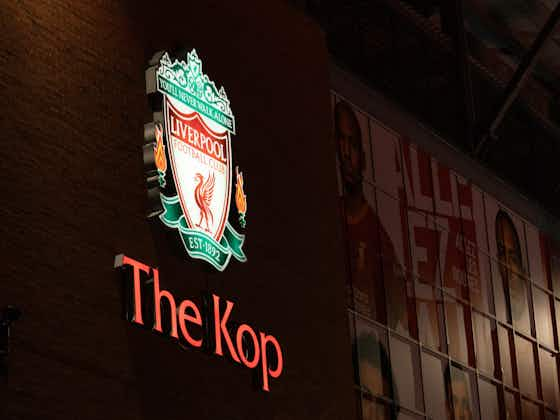Anfield Index
·2 mai 2024
Liverpool Blame Nike For Kit Prices Following Fan Fury

Anfield Index
·2 mai 2024

As the new football season approaches, fans often buzz with anticipation over the latest kit releases. However, this excitement can be tempered by the accompanying price tags, especially when they’re unexpectedly steep. Liverpool’s recent revelation about their new home kit for the 2024-25 season, as reported by The Athletic, serves as a focal point for discussing these inflating costs.
Liverpool has been forthright in attributing the 6.7% increase in the price of their standard adult jersey—from £74.99 to £80—to decisions made by their kit manufacturer, Nike. The price of a standard youth jersey has seen an even steeper rise of 9.2%, moving from £54.95 to £60. According to Liverpool, these adjustments are directly linked to Nike’s revised manufacturer’s suggested retail prices (MSRPs), which have seen an average increase of 8.5% across all clubs they sponsor.
“Senior Anfield figures are adamant that the nature of the kit deal with Nike means they will not generate any additional profit from this season’s price rises,” a point that underscores the complexity of such partnerships. Despite absorbing some of the hike, Liverpool still sells the kits at 5.5% below Nike’s recommended prices—a standard adult jersey at Liverpool costs £80, whereas Nike’s MSRP stands at £84.99.
The price surge extends beyond adult jerseys. For instance, the youth match jersey, previously priced at £99.95, now costs £100—a figure mercifully below Nike’s steep MSRP of £124.99, which would have marked a 20% increase. Even infant kits haven’t been spared, rising by 15.7% to £52, against a Nike MSRP of £54.99.
These price increases are a blow to fans, particularly those purchasing children’s shirts. The Liverpool Supporters’ Board, having been briefed by the club, expressed concerns, highlighting that affordability remains a critical issue for the fanbase.
The dynamics of kit pricing and production reveal much about the modern football business model, where clubs are often at the mercy of their commercial partners. Nike’s pricing strategy, leading to significant rises in MSRP, reflects broader market trends and possibly internal corporate needs to balance books post-global disruptions.
While Liverpool insists that these price adjustments are not for profit, the narrative might not entirely absolve them of fan frustration. The club remains a key player in this ecosystem, and its decisions on pricing, even if influenced by a supplier, impact its most loyal stakeholders—the fans.
The discourse surrounding kit prices is unlikely to simmer down, especially as other clubs face similar pressures. The key for Liverpool and its peers is to maintain a balance between commercial obligations and fan welfare—a complex challenge in an era where the financial aspects of football often overshadow the sport itself.
As prices climb, clubs might need to explore more fan-friendly strategies, potentially including more tiered pricing or loyalty discounts, to keep football accessible to all supporters, regardless of their financial situation. Such initiatives could strengthen the bond between clubs and their supporters, reinforcing the communal spirit of the sport amidst the commercialism that increasingly defines it.
In conclusion, while Liverpool’s new kit prices reflect broader industry trends, the club’s transparency and attempts to mitigate these increases are commendable. However, the ongoing debate over kit pricing underscores a growing dilemma in football: finding the right balance between commerce and community. As we move forward, it will be interesting to see how clubs adapt to these challenges in ways that honour both their business models and their fanbases.






























































